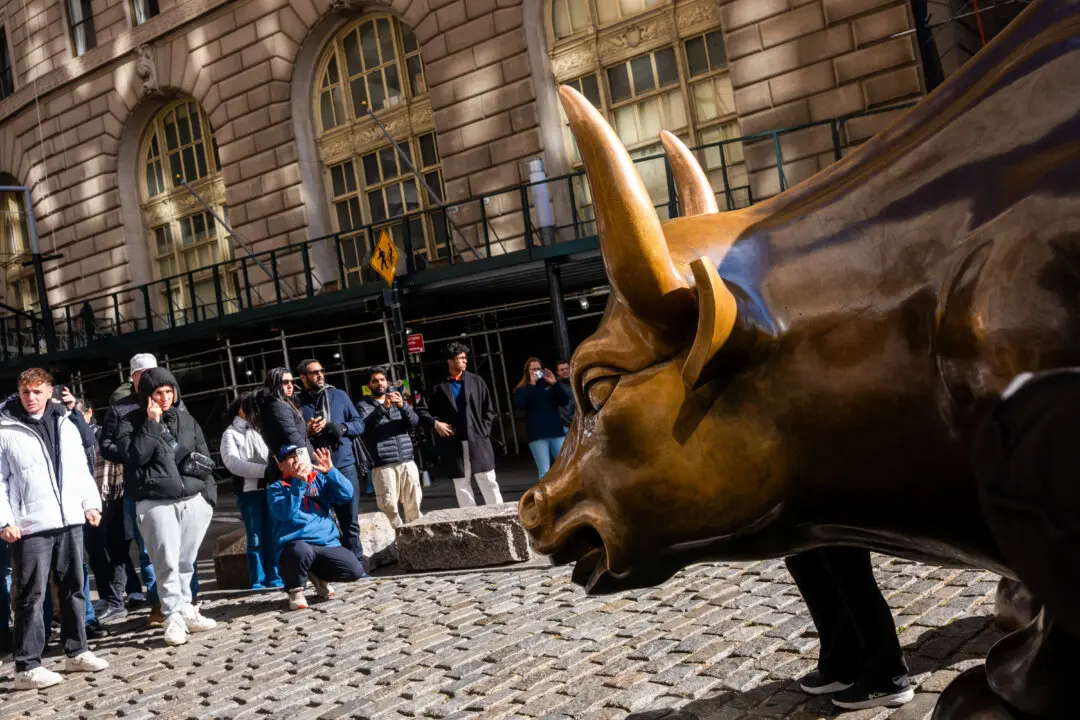Commentary
In my opinion article for MarketWatch, I was asking what is the Fed waiting for? The Fed should be paying more attention to its unemployment mandate, since with the layoffs now being announced, unemployment could be 5% or higher by October. So based on rising unemployment, declining PCE inflation, and plunging Treasury yields, it is time for the Fed to act now and cut 0.5% before their Jackson Hole hiatus in late August.
The catalyst this week for the stock market gyrations is the Japanese carry trade, where Japanese investors benefit from the U.S. dollar’s appreciation versus the Japanese yen as higher U.S. Treasury yields compare to equivalent interest rates in Japan. However, as recession fears mounted, U.S. Treasury yields collapsed and the Japanese carry trade came temporally unwound, so the Nikkei 225 plunged 12.40% on Monday, only to resurge 10.23% on Tuesday.
Complicating matters is that we are in August, where “air pockets” exist since many Wall Street pros, plus Europe are on vacation. So I expecting that this down, up, down market action to persist until the trading volume is exhausted.
Here are the most important market news items and what this news means:





